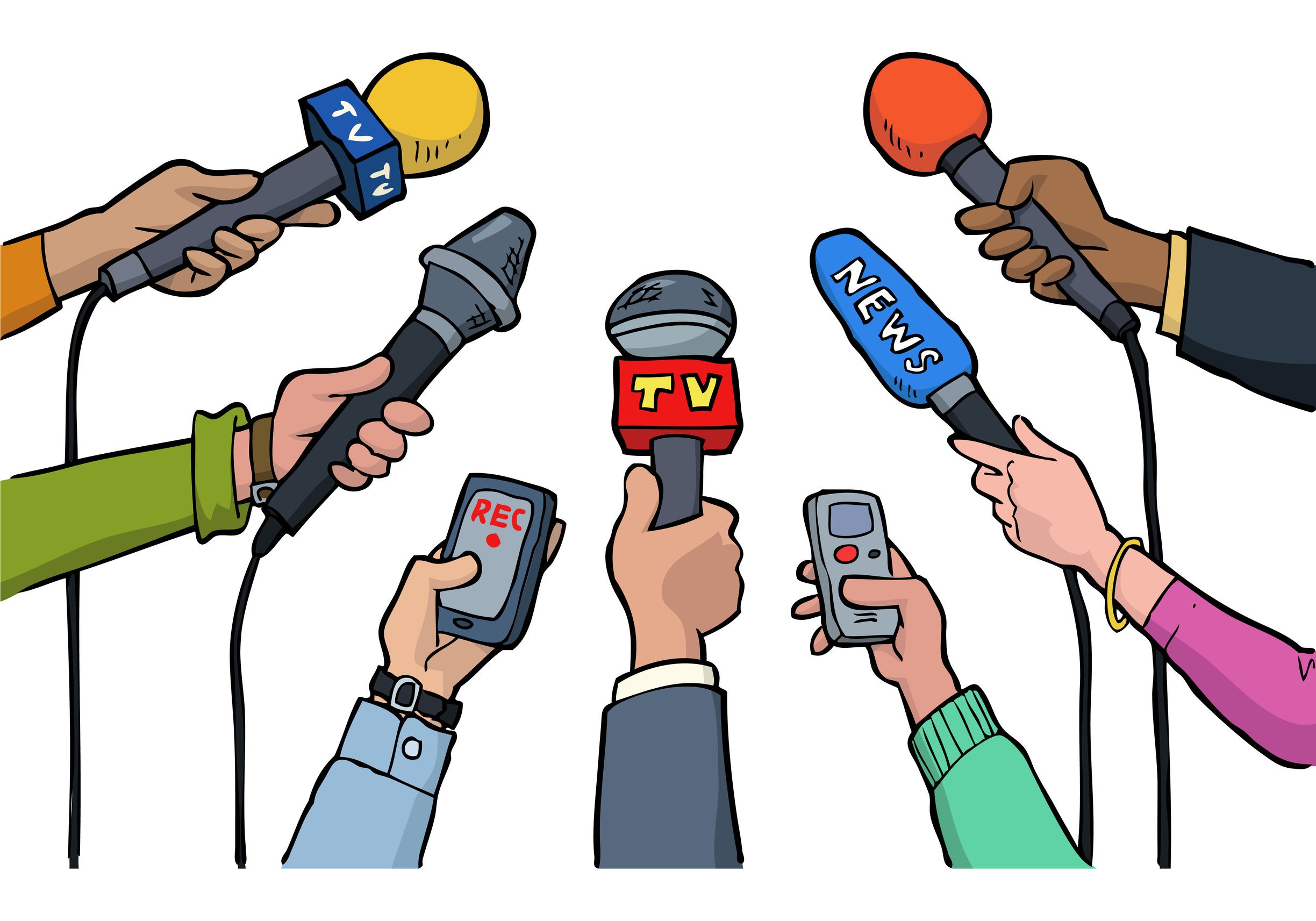4 tactics that will grab reporters’ attention
Despite the ongoing pandemic and shrinking newsrooms, PR pros can still find coverage for clients by embracing proprietary data and unique workplace stories.

With media layoffs at an all-time high and media understandingly preoccupied with key narratives (think COVID-19, global warming, and the election, not to mention the IPO/SPAC tsunami) it’s harder than ever to get stories for clients and companies. The fact that everything’s virtual, eliminating typically promising opportunities like media dinners and in-person chats at conferences, just makes things worse.
With that as context, we’re finding that reporters are increasingly unlikely to do “getting to know you” call—they simply don’t have time, and everyone is sick of zoom. To generate stories, we need to bring reporters something interesting that gives them a reason to meet and write.
What’s working now? Here’s where we’re finding success for our clients. I hope some of these ideas will work for you too.
1. Internal data
We have consistently seen success in media pitches that leverage internal, proprietary data that is unique to the company and indicative of larger trends:
- Unison launched a report highlighting the correlation between “vulnerable” job sectors and how quickly home prices will bounce back in U.S. cities post-pandemic, which ultimately led to coverage in MONEY and National Mortgage News.
- Addepar announced the Addepar Investor Sentiment Index, a first-of-its-kind index showing how ultra-high-net-worth investors adjusted their equity portfolios prior to and through the pandemic. This led to coverage in Barron’s, The Wall Street Journal, and WealthManagement.
2. Survey data
We love proprietary data that showcases clients’ unique IP, but another fruitful avenue for mainstream media coverage is data garnered from consumer surveys:
- Terminal conducted a survey of 400 HR and engineering leaders which revealed that 53% of companies have spent more time planning for the holiday party than their remote work future—earning coverage in Business Insider, HR Dive and more.
- 1Password launched “Chapter 2” of its research around identity access management (IAM) “timesuck” and the complexities of Shadow IT—whereby employees use unauthorized apps and software at work in the name of productivity. This led to coverage in TechRepublic, TechTarget and Diginomica.
- Genomatica landed a feature in Forbes by highlighting fresh insights from Method Research underscoring how Americans still care deeply about sustainability despite widespread pandemic pressures.
3. Unique workplace stories
We’ve also seen some recent success sharing workplace insights and policies as companies embrace a remote work culture. There’s high competition here though, so while at the beginning of the pandemic a topic like “Here’s how we’re managing the transition to remote work” worked, now the tactics need to be really unique and out-of-the-box:
- VitalSmarts participated in this Forbes story about bringing employees back to the office without damaging company culture.
- Quicken was included in a Silicon Valley Business Journal story about unique approaches to virtual internships.
- SurveyMonkey got this story published in The Wall Street Journal about the company’s CIO pivoting his role to evaluate employee well-being and mental health.
4. Bold and timely commentary
Bold and unique commentary on a timely topic is still of interest:
- Clay Wilkes, CEO of Galileo Financial Technologies, is passionate about fintech’s responsibility with regards to financial inclusion, and penned this byline for Fortune.
- Jonathan Johnson, president of Method client Medici Ventures and CEO of Overstock.com, used the election to promote his company’s tech-enabled approach to voting, landing coverage in TechCrunch, Forbes and The Wall Street Journal.
The bad news? Yes, reporters do “mass delete” pitches. (We know because one recently told us so.) The good news? With a good subject line, relevant keywords, and something to offer or say, you still stand a good chance of breaking through.
Beth Haiken is an executive vice president with Method Communications.







I enjoyed learning about these four tactics to try and grab a reporters’ attention during these unprecedented times. Now that we are living in a zoom culture it is even more difficult to get a pitch out into the universe into a reporter’s hands. The four tactics mentioned above are very well thought out and make the pitch unique to the company. It is important now more than ever to be creative and step outside the box to stand out and get the attention of a reporter.